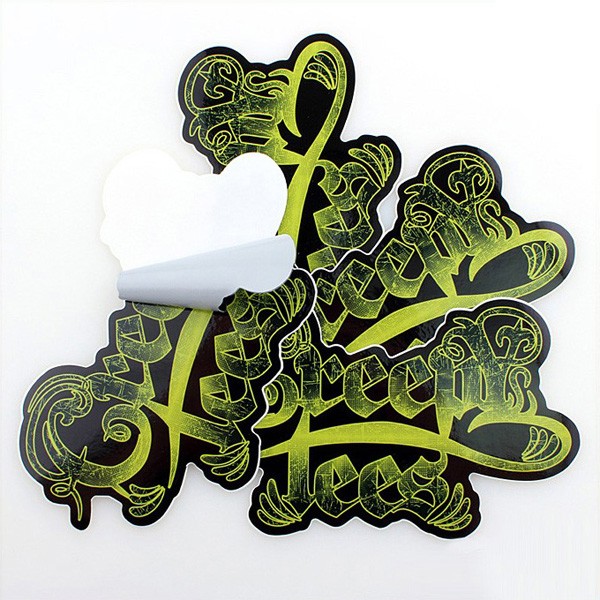Most of the high temperature resistant
labels are used in special industrial environments, such as: circuit boards,
ESD, electrical cable, hot rail steel, aluminum, ceramics, flame retardant
materials, chemical resistant, anti-friction materials for bar code
identification. Can be used in a variety of printing technology, such as
potential transfer, inkjet, laser, needle, flexographic flexography and thermal
transfer, etc...
 Through professional research and leading
technology, we have introduced a series of thermal transfer labels printing for ultra-high
temperature and lead-free applications. It is especially suitable for the harsh
working environment where the label has an extremely high temperature
requirement for the international standard of industrial lead-free process.
Ideal for board or other electronic parts identified by characters or barcodes.
Through professional research and leading
technology, we have introduced a series of thermal transfer labels printing for ultra-high
temperature and lead-free applications. It is especially suitable for the harsh
working environment where the label has an extremely high temperature
requirement for the international standard of industrial lead-free process.
Ideal for board or other electronic parts identified by characters or barcodes.
Ultra-high temperature series labels printing can be printed with
thermal transfer and exhibit the best PCS and first-class read rate, showing
excellent chemical and wear resistance, up to 1000 degrees Fahrenheit (538 ° C)
Temperatures, resistance to a wide range of chemicals such as fluxes, fluxes
and cleaners, as well as extreme conditions of high temperatures and wear,
ensure superior performance in a variety of extreme and demanding applications.
--The best choice for lead-free process
Ultra-high temperature resistant label
features: Ultra-thin 1 mil polyimide material is noble and inexpensive under
the premise of ensuring excellent quality:
Save your logo costs and get the best
price/performance ratio;
The ultra-thin material structure is
suitable for the whole process processing, meeting the most demanding
requirements in the solder paste screen printing process;
The ultra-thin characteristics are in line
with the trend toward miniaturization and high density of 3C products such as
MP3.
The maximum resistance is 315 ° C / 50
minutes:
Does not fall off, does not deform;
Resist the erosion of various chemical
substances and various wear and tear;
Maintain the stability of quality;
Meet
the international standards of lead-free industrial processes. Email:[email protected]
Email:[email protected] Tel/WhatsApp:+86 13580851182
Tel/WhatsApp:+86 13580851182














